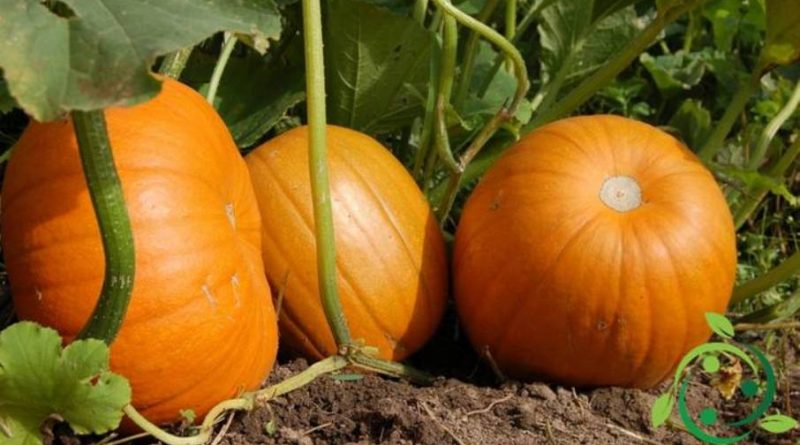How to grow the pumpkin in a biological way
How to grow the pumpkin in a biological way
To know how to grow the pumpkin in an organic way we must know that the term pumpkin are identified the fruits of different plants belonging to the family of Cucurbitaceae, in particular some species of the genus Cucurbita (Cucurbita maxima, Cucurbita pepo and Cucurbita moschata) but also species belonging to other genera such as the Lagenaria vulgaris or ornamental pumpkin.
Gourds for food use, like many cucurbitaceae, have great demands on the level of soil fertility, so before thinking about their cultivation you need to get sufficient quantities of mature manure or compost to be inter (you have to make the ground 3 or 4 quintals of manure every 100 square meters of vegetable garden) with the main processing in time then for sowing; to this must be added a good supply in mineral elements that can be provided with a programming in the production of ash (which provides enough potassium for this fruit) from the residues of your vegetable garden.
The ideal pH for pumpkin cultivation is between 6 and 7, moreover the climate must be tempered with ideal values that must oscillate around 25 ° C; in fact it is a plant that fears temperatures below 10 ° C and above 30 ° C.
For sowing it can be provided in the open field or in the seedbed; the preparation in seedbeds is more and more recommended because it allows to organize the plant, the sixths and the subsequent operations. The sowing can be done by mid-April transplanting at the end of the month, starting from jars large enough (with a diameter of 7-9 cm). Regarding the distances given the size of the plants and the fruit, we recommend 160 – 200 cm between the plants.
Among the operations following the plant the pumpkins need continuous weeding for the oxygenation of the soil and the elimination of weeds. The technique of vegetable mulching is an excellent alternative as it eliminates many processes, the excessive supply of water volumes (especially when it starts to bloom), the danger of stagnation, periodically contributes to contributions of organic substance very useful even to the softness of the soil and allows the fruit not to rest directly on the ground.
In a program of sustainable agriculture, the contribution of nettle macerate after the transplanting of young pumpkin seedlings is excellent. Another very important technique for the pumpkin is that of the topping that consists in the periodic cut of the shoot; it is necessary to cut after the second or fourth leaf (depending on how much the plant has developed). With this technique we aim to produce axillary buds. If the goal is to want large pumpkins better to leave only a couple of fruits.
The harvest of the fruit is done in the autumn period and can be stored in dark and not humid places for months.
Among the main adversities we remember the aphids, with which you can operate with sprays based on soap of Marseilles, the virosis (which you avoid if you remove the aphids), the oidium that can be kept at bay with appropriate systems and the peronospora and the rot of the collar that can be contrasted together with natural methods.
The varieties of pumpkin are varied but all with very similar cultivation characteristics.

